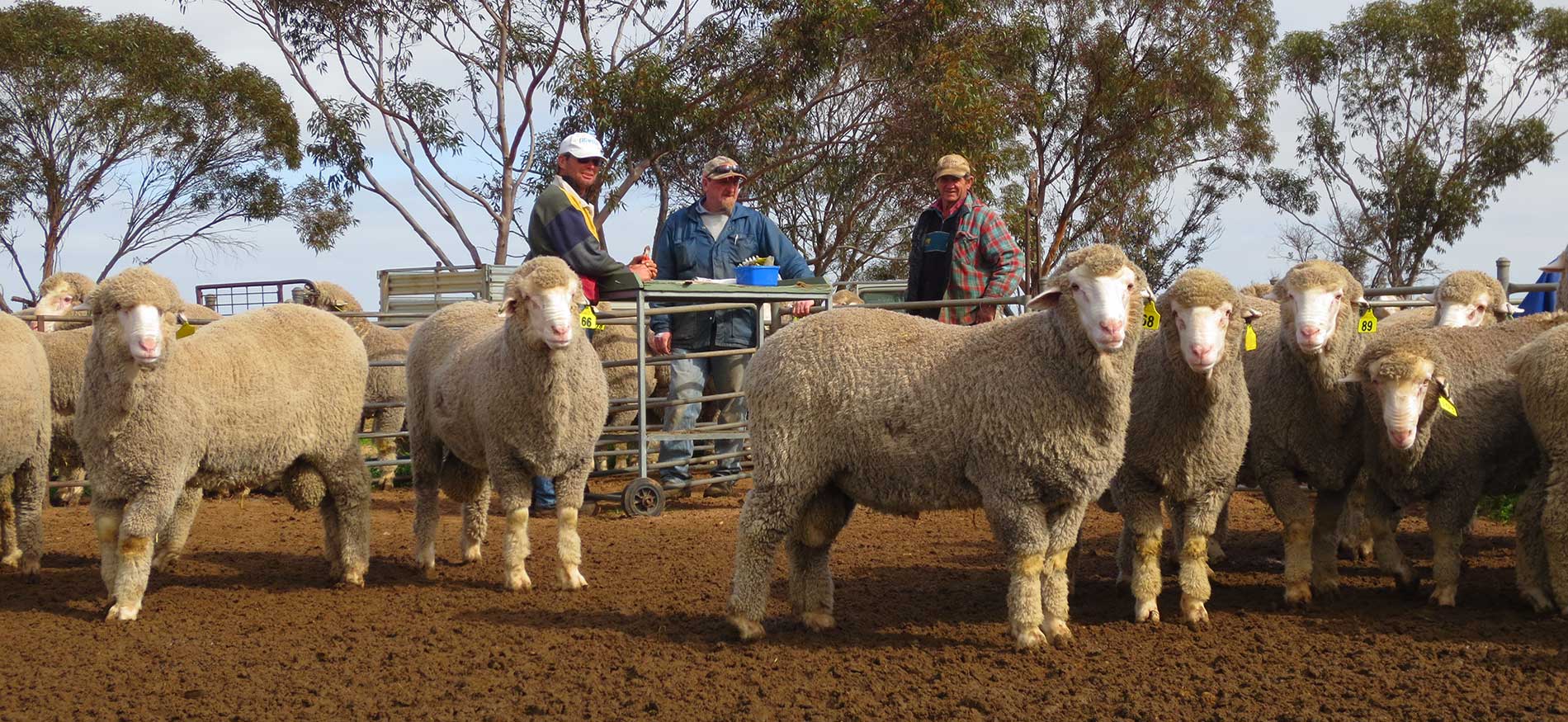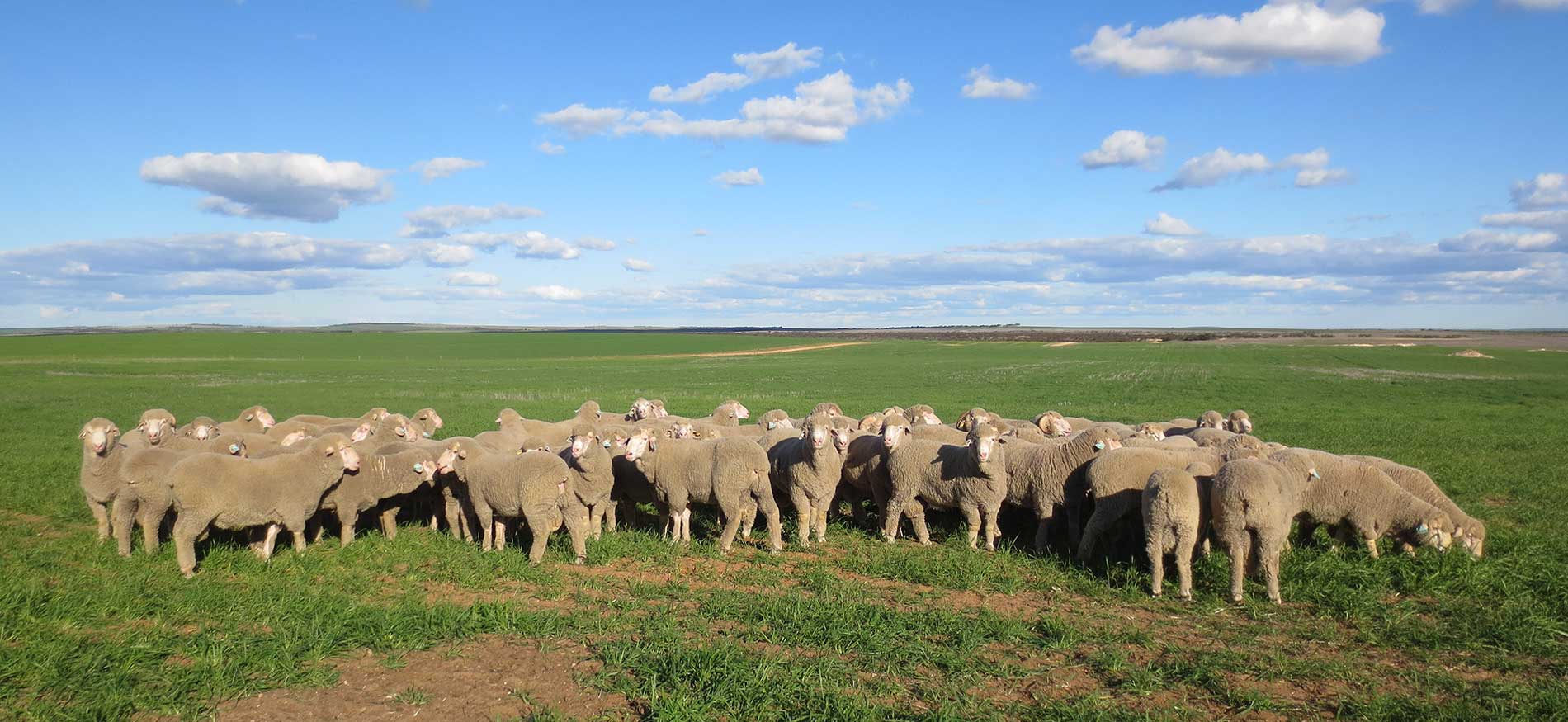Stock Journal Article - August 2025
Author: Deb Scammell, Talking Livestock
Feed on offer for livestock varies significantly across the state, largely influenced by the timing of the Autumn break. In many areas where the break arrived late, following a challenging Spring and Summer, pasture availability for lambing and lactation has fallen short of targets for high production.
The paddock feed currently is still very high in moisture content and very low in dry matter. Pastures are ranging from 20–45% dry matter, depending on the region and species. For weaners grazing cereal crops, which are averaging around 30% dry matter, for every kilogram of pasture consumed, a ewe or weaner lamb is only getting 300g of dry matter and 700g of water. This means, to reach intake targets, a ewe is going to need to graze 5 kg per day of fresh pasture, and a weaned lamb around 3.5 kg per day, to consume enough dry matter.
If pastures are not at an adequate height, then ewes and lambs will not be able to consume enough in a day. It’s also important, if relying on only pasture, that there is adequate feed on offer. For high-quality green pastures (over 75% digestibility), the pasture targets for lactating ewes with single lambs is 1000 kg DM/ha, and for twin lactating ewes, 1500 kg DM/ha. Weaned lambs need a minimum feed on offer of 1600 kg DM/ha to reach 90% of their growth potential. Lambs at foot and weaned lambs will have reduced growth rates if they don’t have adequate pasture quantity or quality. With the current forecast on lamb pricing going forward, this is a good season to achieve growth rate targets in young lambs.
If pasture quantity or height is not adequate for lactating ewes or weaned lambs, it’s advised to supplement with cereal grains, high-quality hay or silage, or full-feed pellets to hit energy and protein targets for the class of stock.
In some cases where pasture isn’t adequate at weaning this year it’s a good option to hold ewes back in containment. Lambs can also be weaned into containment yards or feedlot pens successfully, if required. It’s critical, though, to imprint-feed the weaners with grain or pellets prior to weaning, so there is no delay in them going onto the new feed source. This can allow pasture to get away to a minimum level prior to releasing stock back onto paddocks.
If protein, energy, and fibre requirements are being met by green pastures, it is advised to check if there are any mineral deficiencies which may be holding back production and growth, particularly of young animals. Cereal crops and lush green pastures are typically low in sodium and may also be deficient in magnesium, particularly during periods of rapid growth, which can reduce growth rates of young animals. Trials have shown supplying magnesium to growing lambs on grazing cereal crops can increase growth rates by 30%. There are other minerals which could also be reducing overall production on green lush pastures.
Ensuring adequate pasture quantity and quality is essential to support production in young livestock. Balancing the supply of energy, protein, fibre, and minerals is also critical to achieving good growth rates, especially after the tough start to the season many stock have faced.





